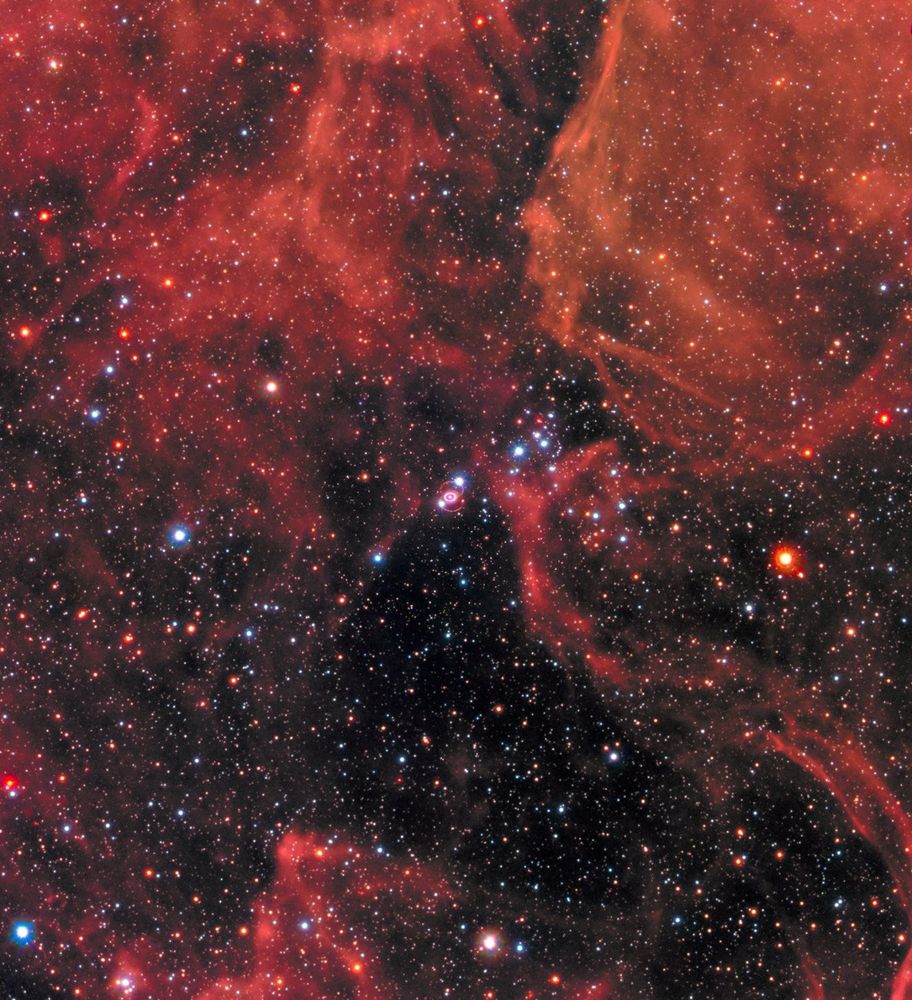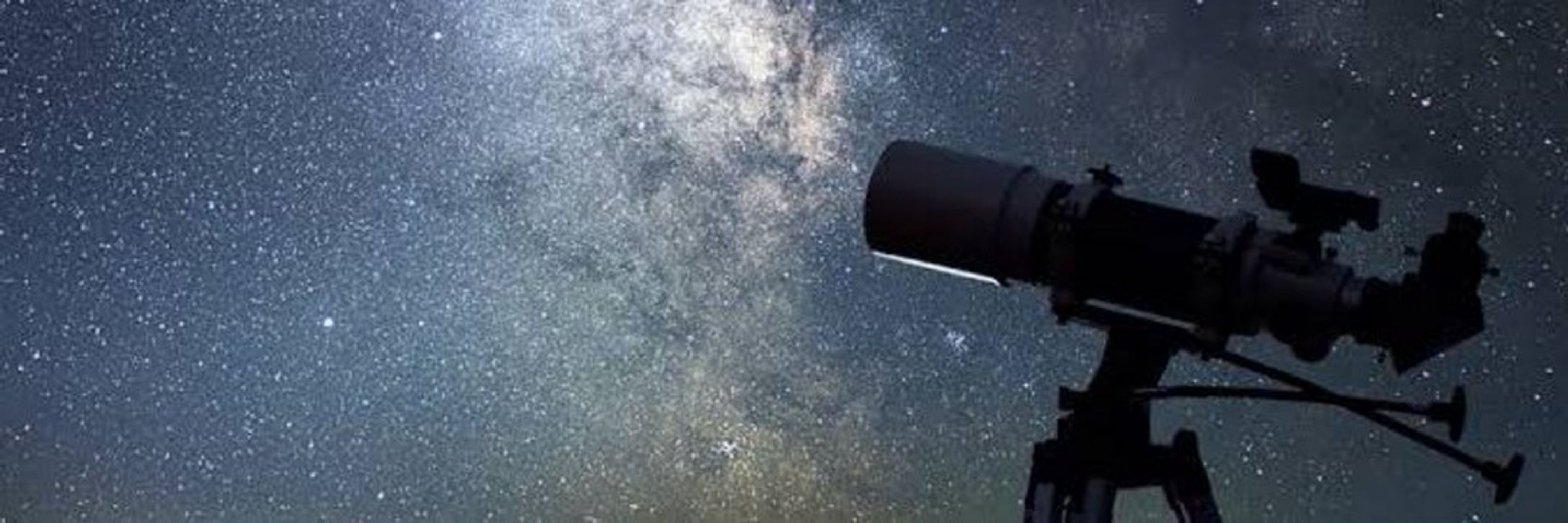
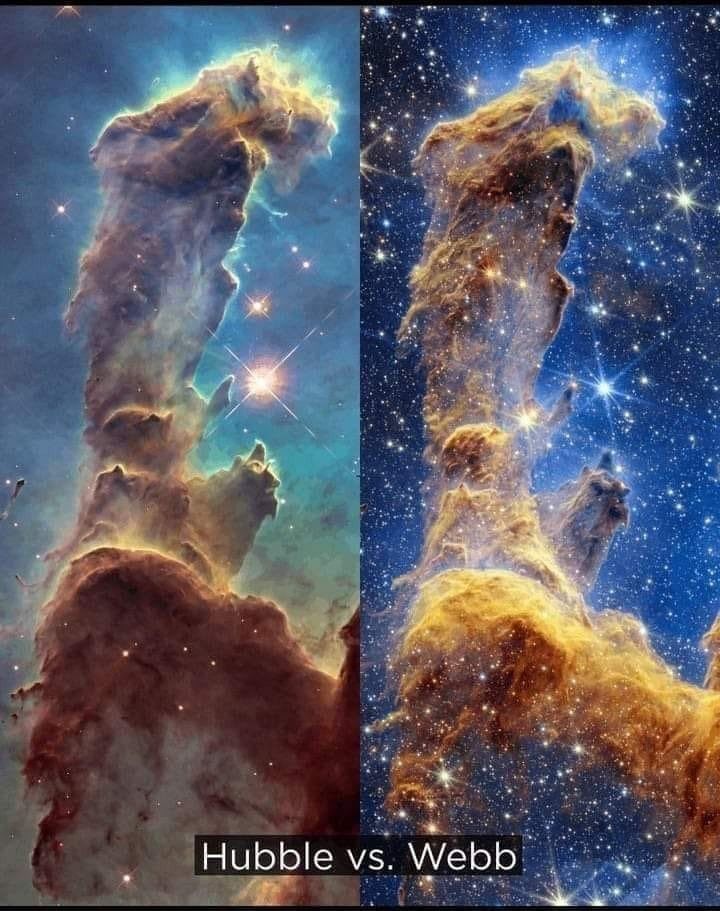
Credit: NASA/JPL-Caltech/Univ.of Ariz.
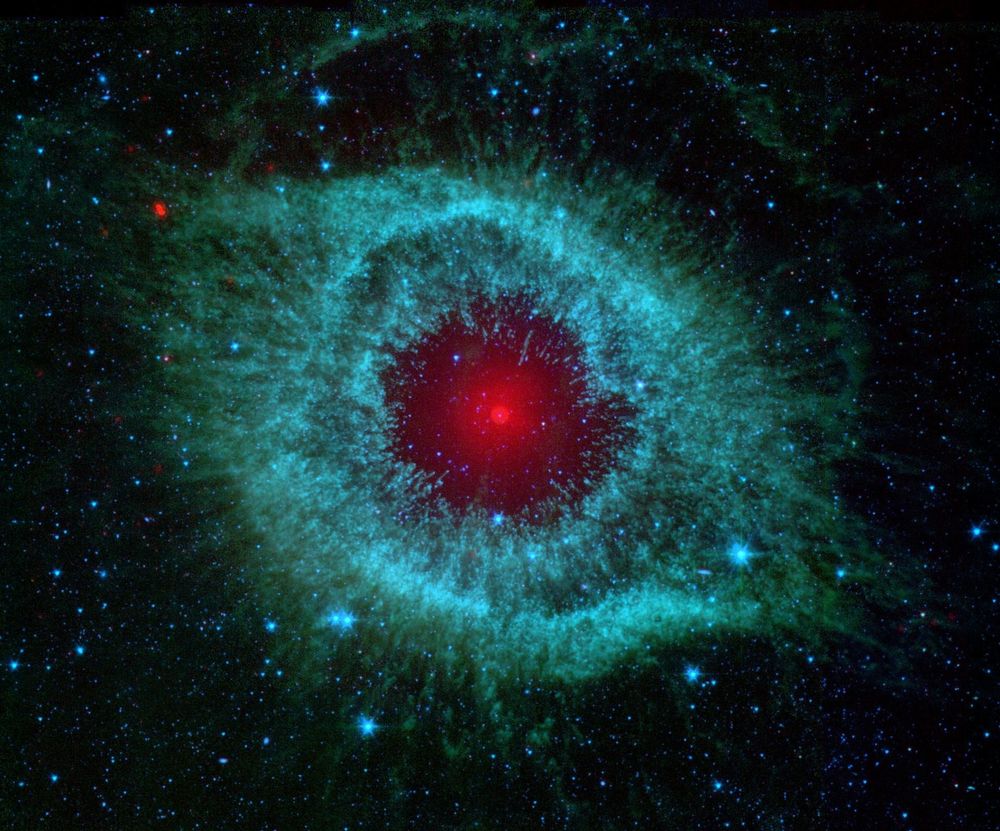
Credit: NASA/JPL-Caltech/Univ.of Ariz.
Photo Credit: Robert Gendler
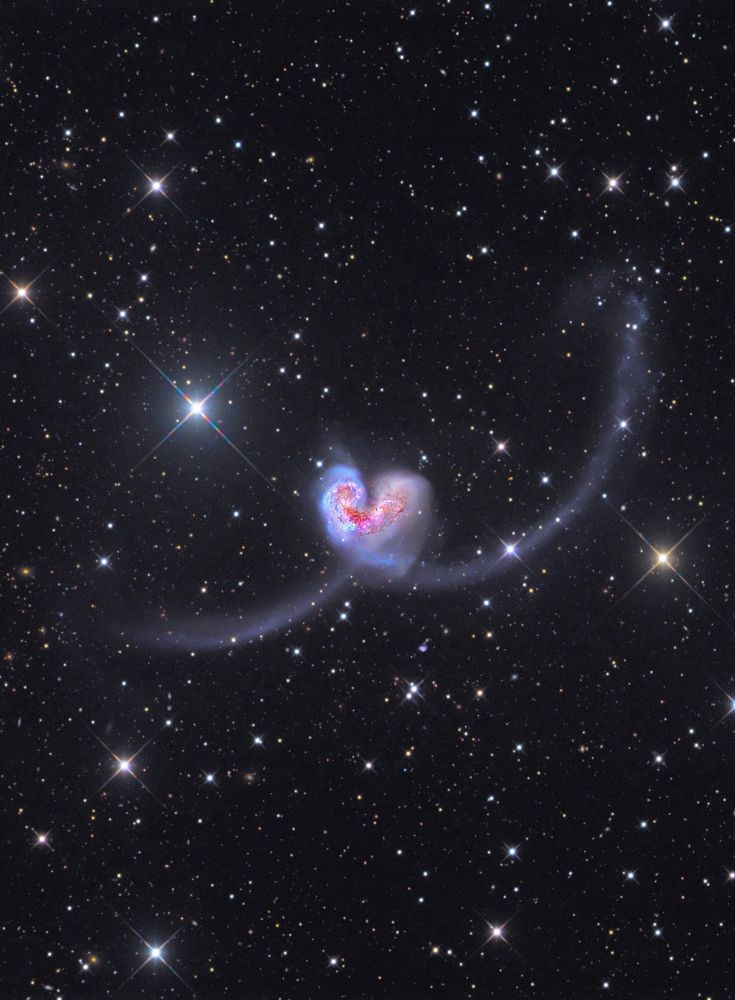
Photo Credit: Robert Gendler
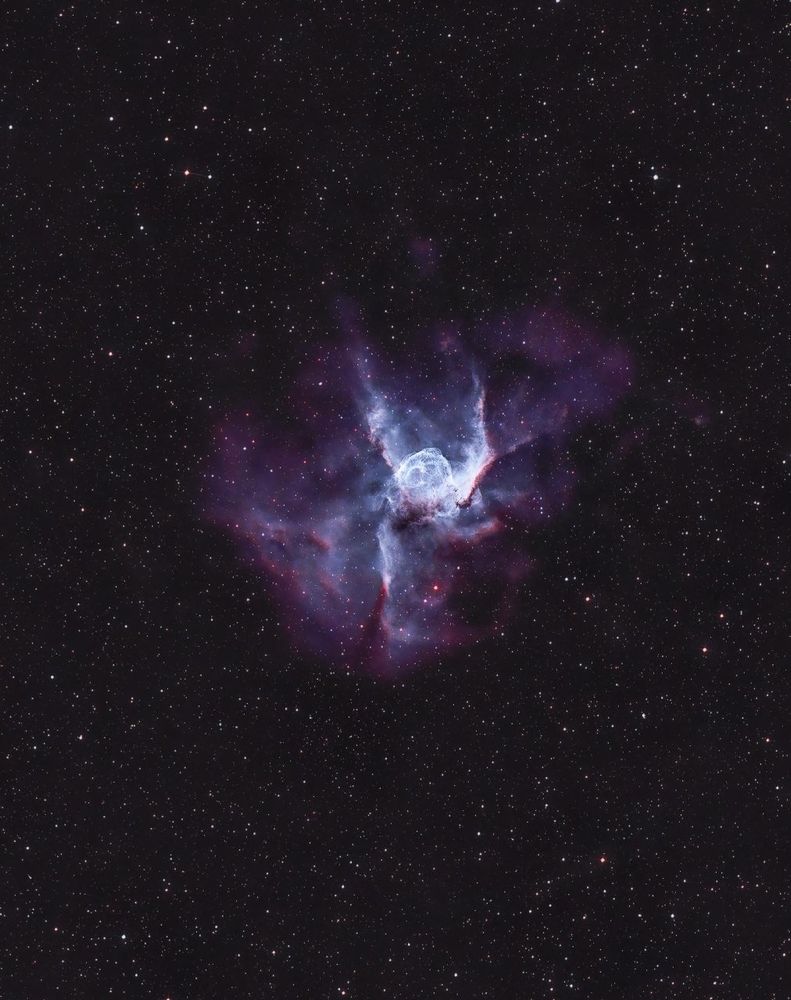
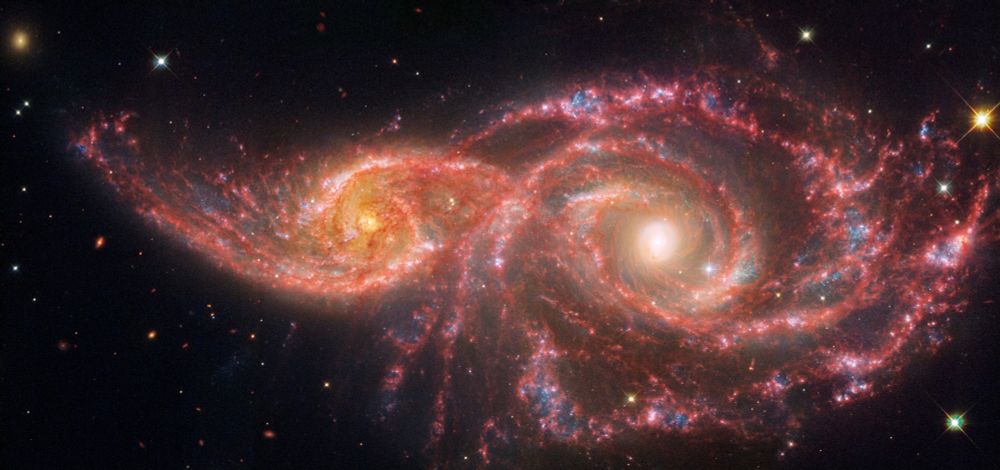
A star that violently exploded ~970 years ago and left a neutron star in its center.
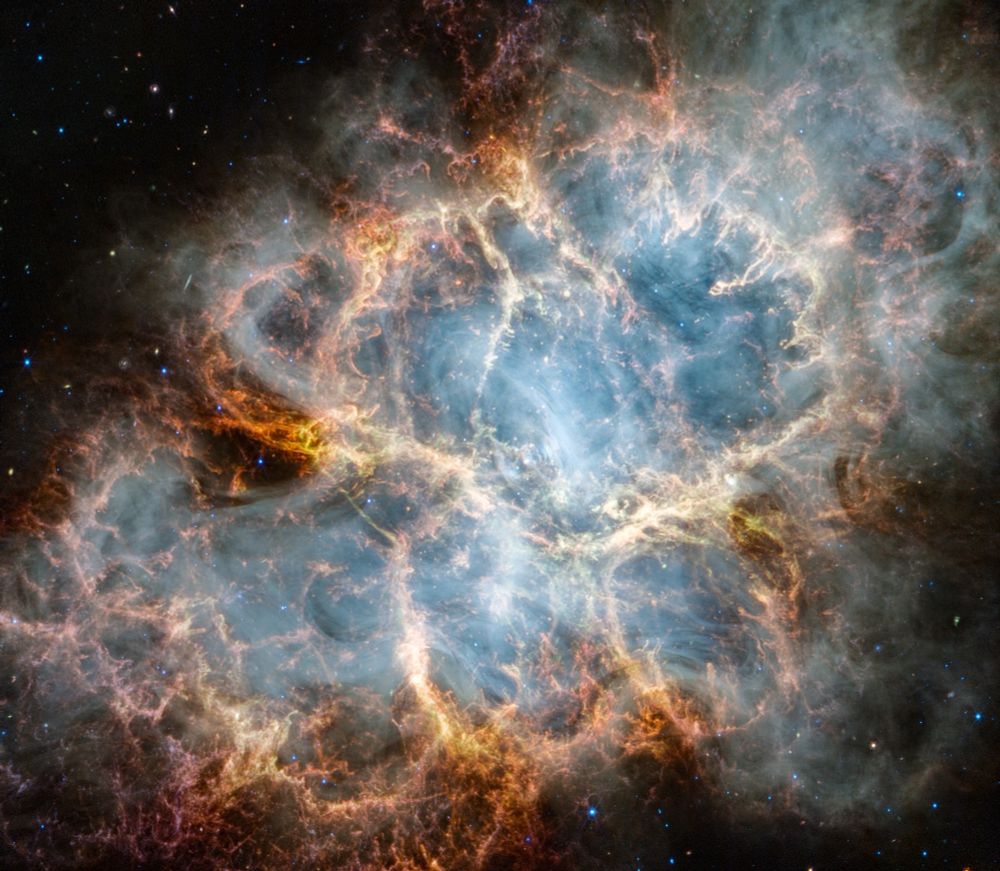
A star that violently exploded ~970 years ago and left a neutron star in its center.
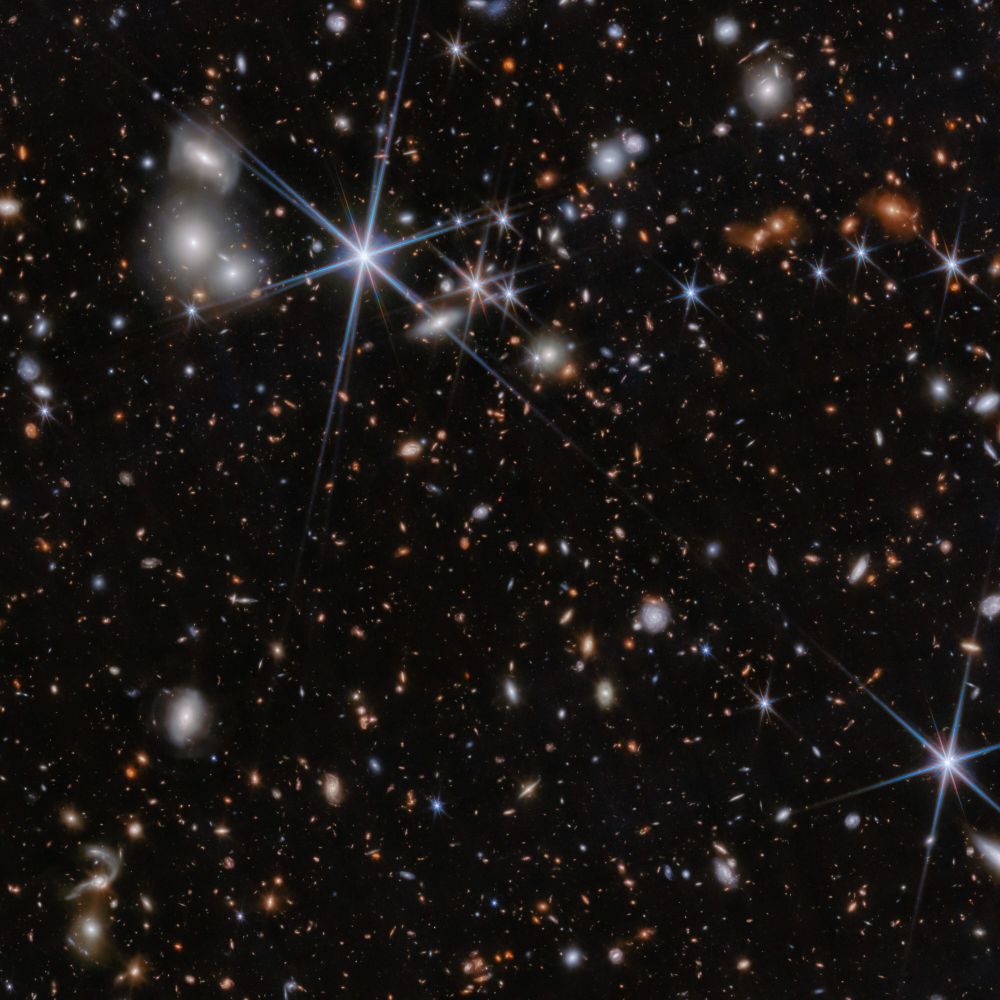
This region is a hotbed of star formation and home to more than 200 of the hottest, most massive kinds of stars, all in the early stages of their lives. BY -jwst
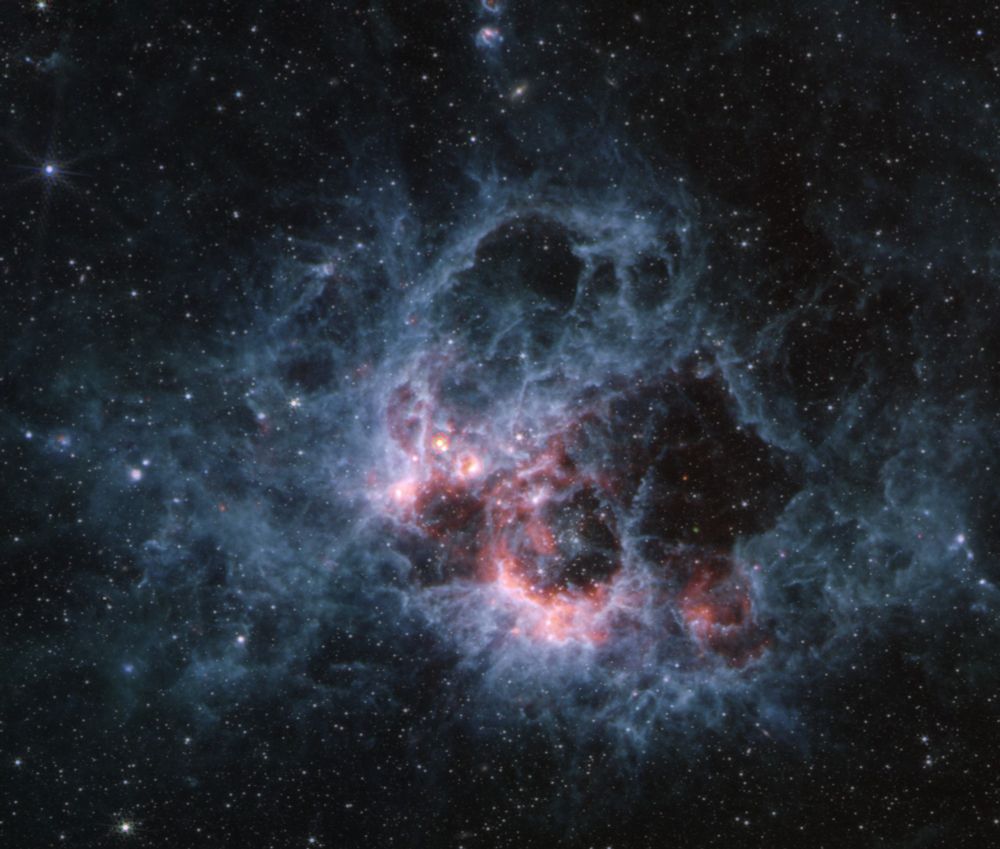
This region is a hotbed of star formation and home to more than 200 of the hottest, most massive kinds of stars, all in the early stages of their lives. BY -jwst

Image Credit: NASA/ESA, Processing: Benoit Blanco
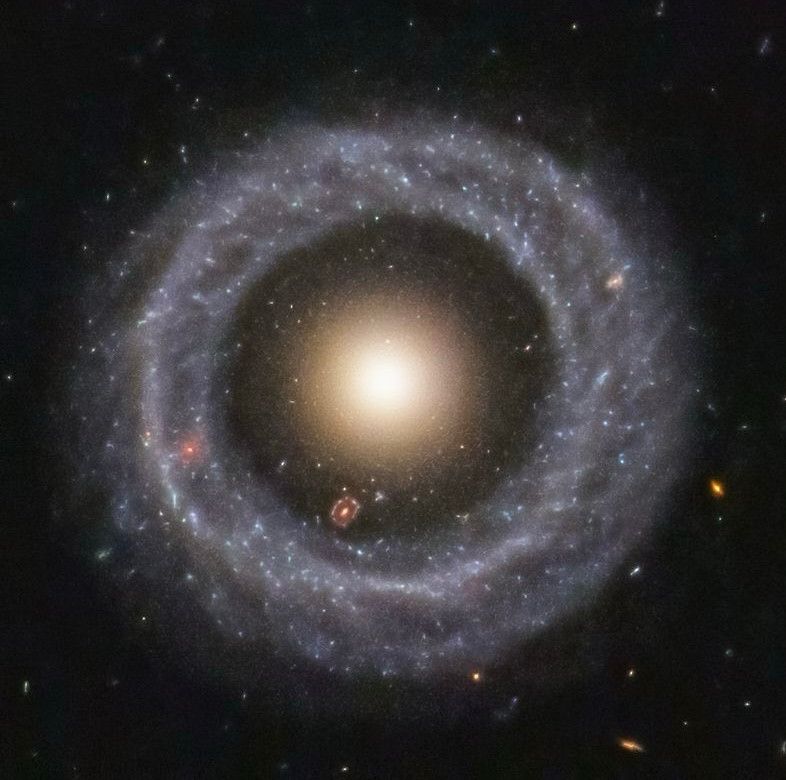
Image Credit: NASA/ESA, Processing: Benoit Blanco
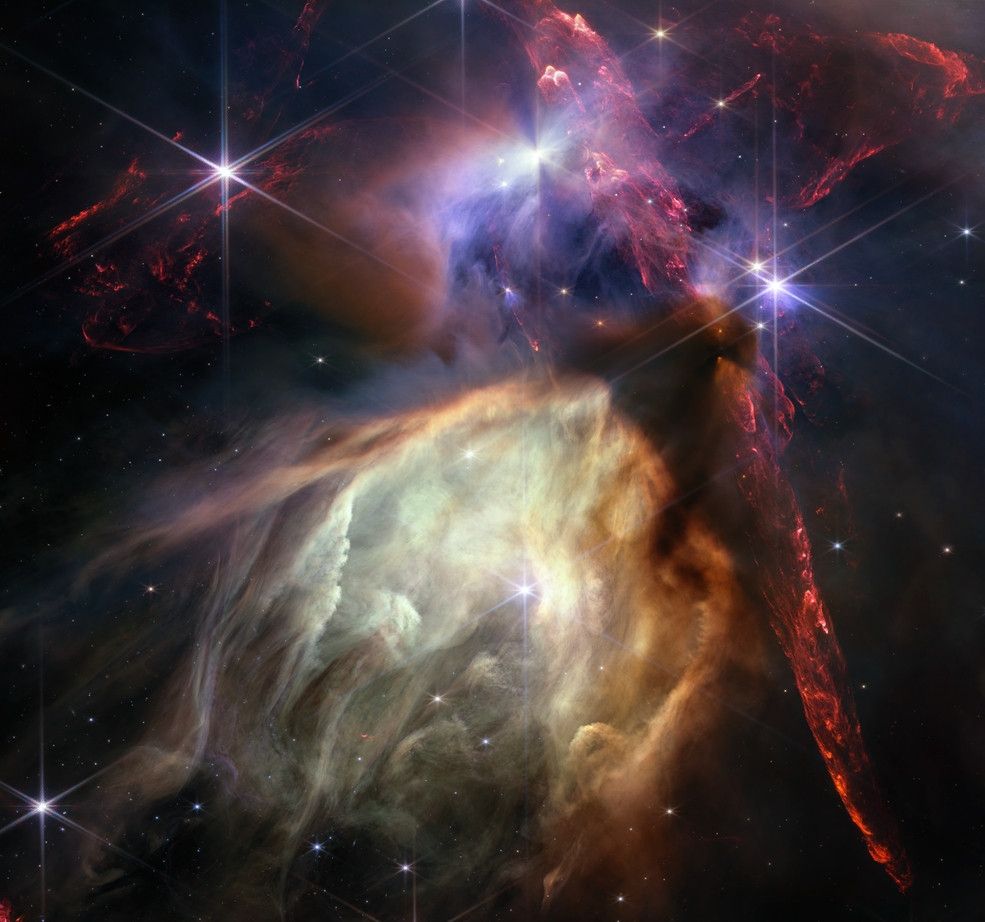
(Credit: ESA/Hubble & NASA, ESO, K. Noll)
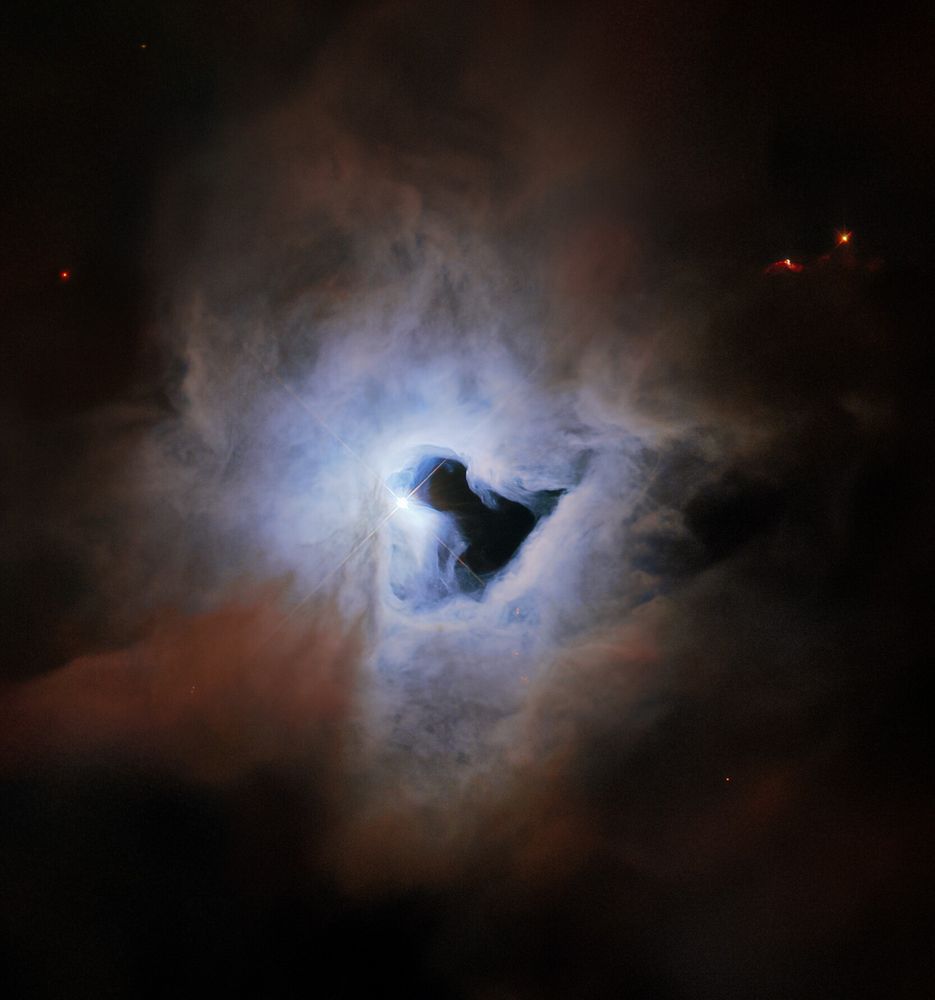
(Credit: ESA/Hubble & NASA, ESO, K. Noll)
- You're on a planet that orbitis a star at 30km/s
- That star is orbiting the center of a galaxy at 230km/s
- That galaxy is moving trough the universe at 600km/s.
Since you started reading this, you have traveled about 3000km.
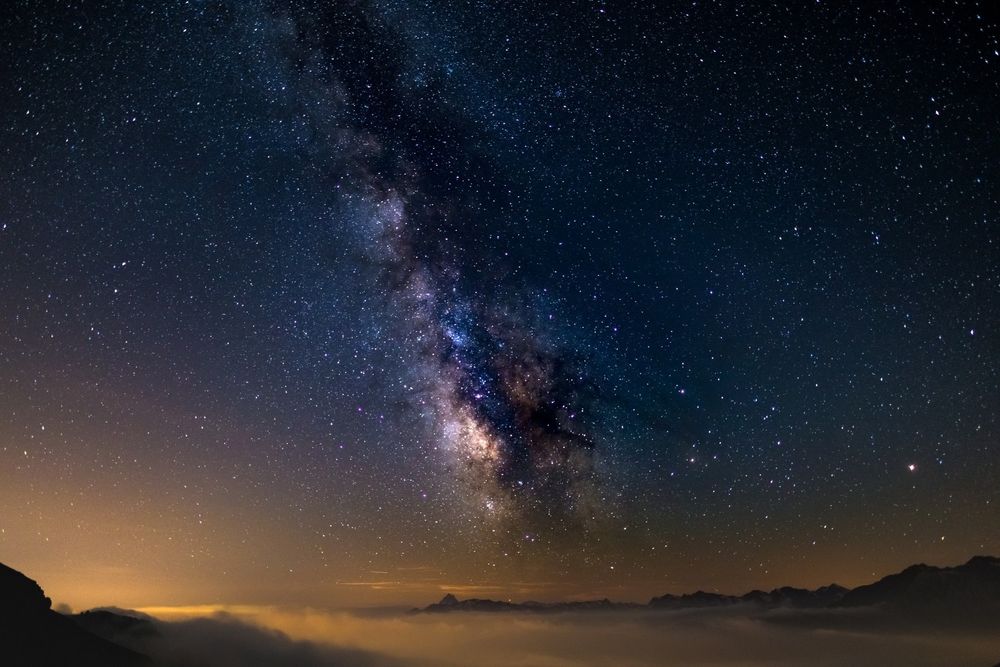
- You're on a planet that orbitis a star at 30km/s
- That star is orbiting the center of a galaxy at 230km/s
- That galaxy is moving trough the universe at 600km/s.
Since you started reading this, you have traveled about 3000km.
By jwst
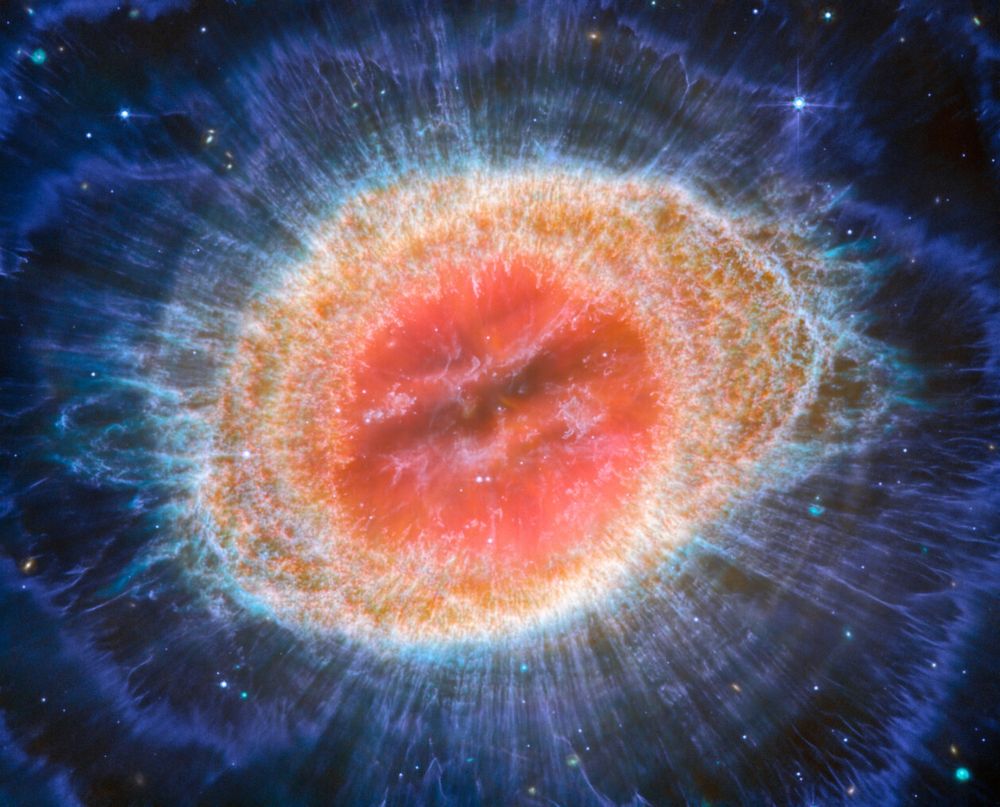
By jwst
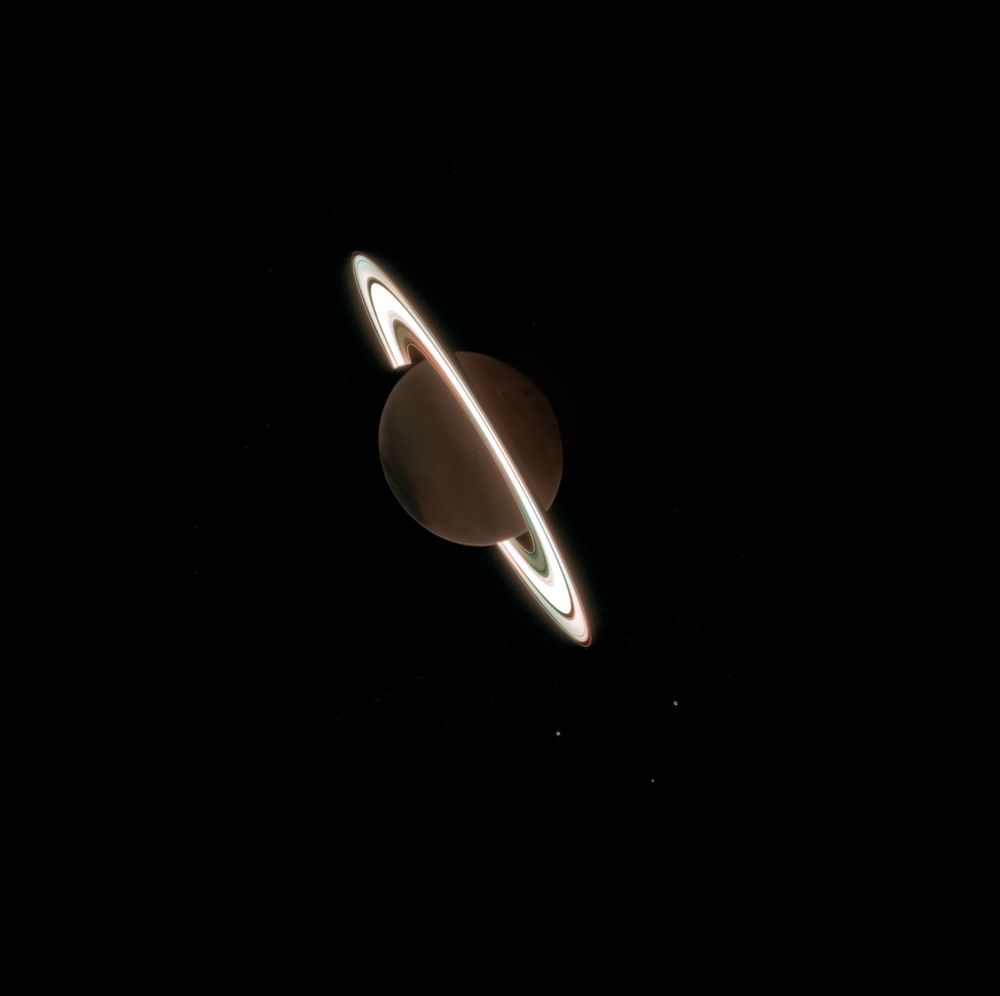
(Credit: NASA/ESA)
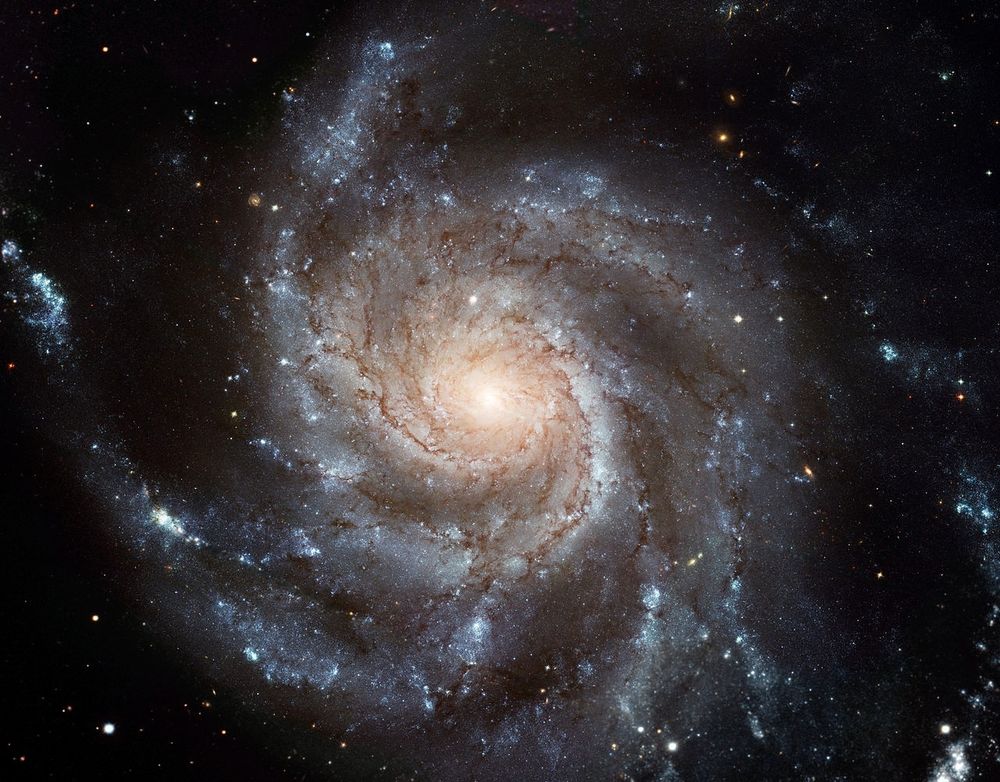
(Credit: NASA/ESA)
Nasa
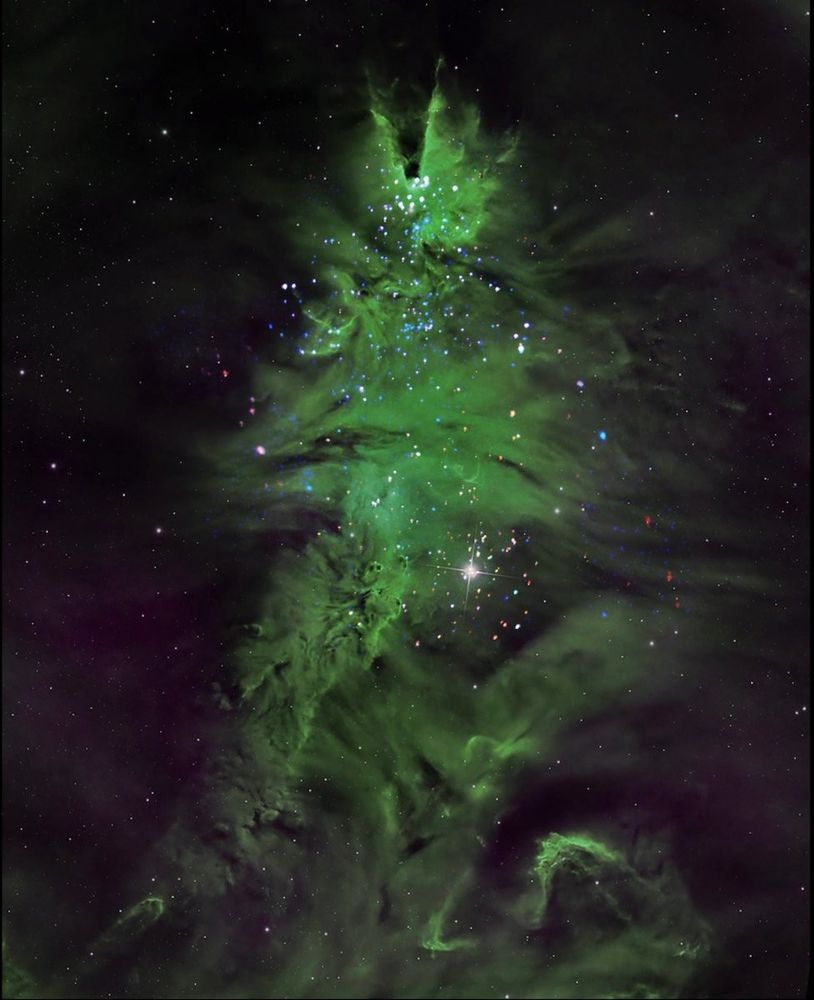
Nasa
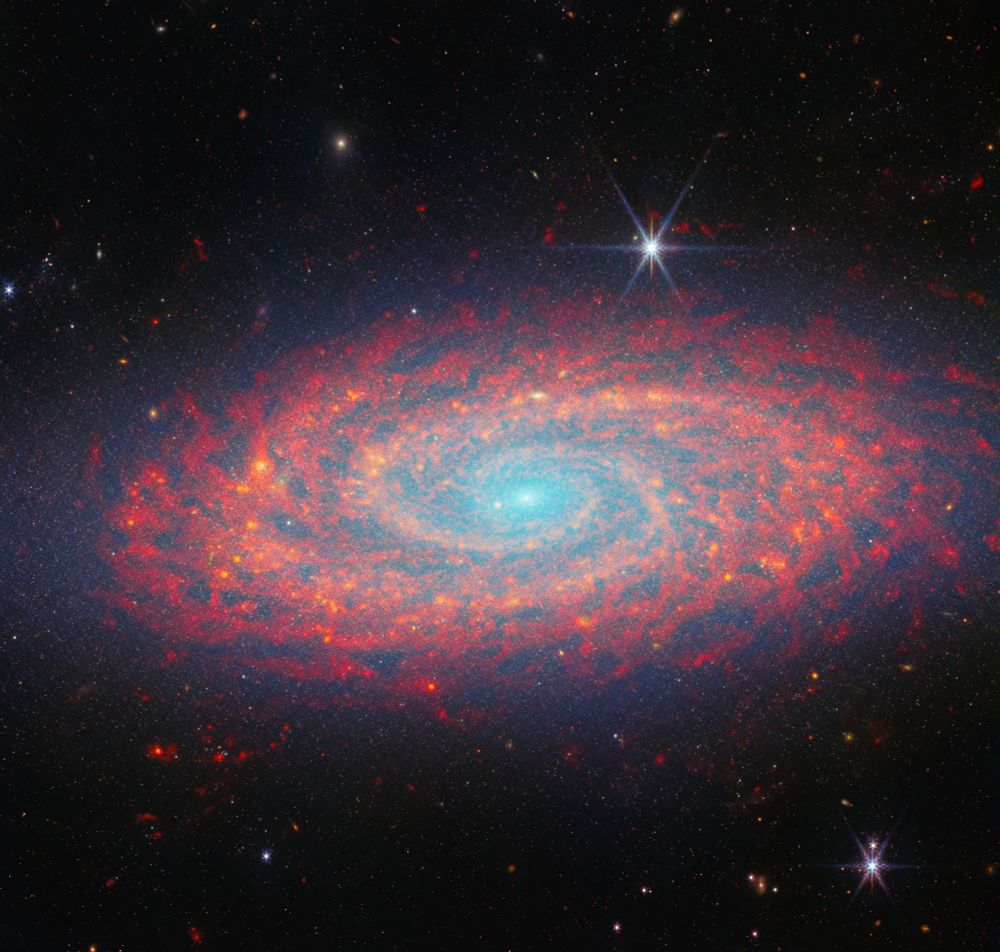
Credit JWST
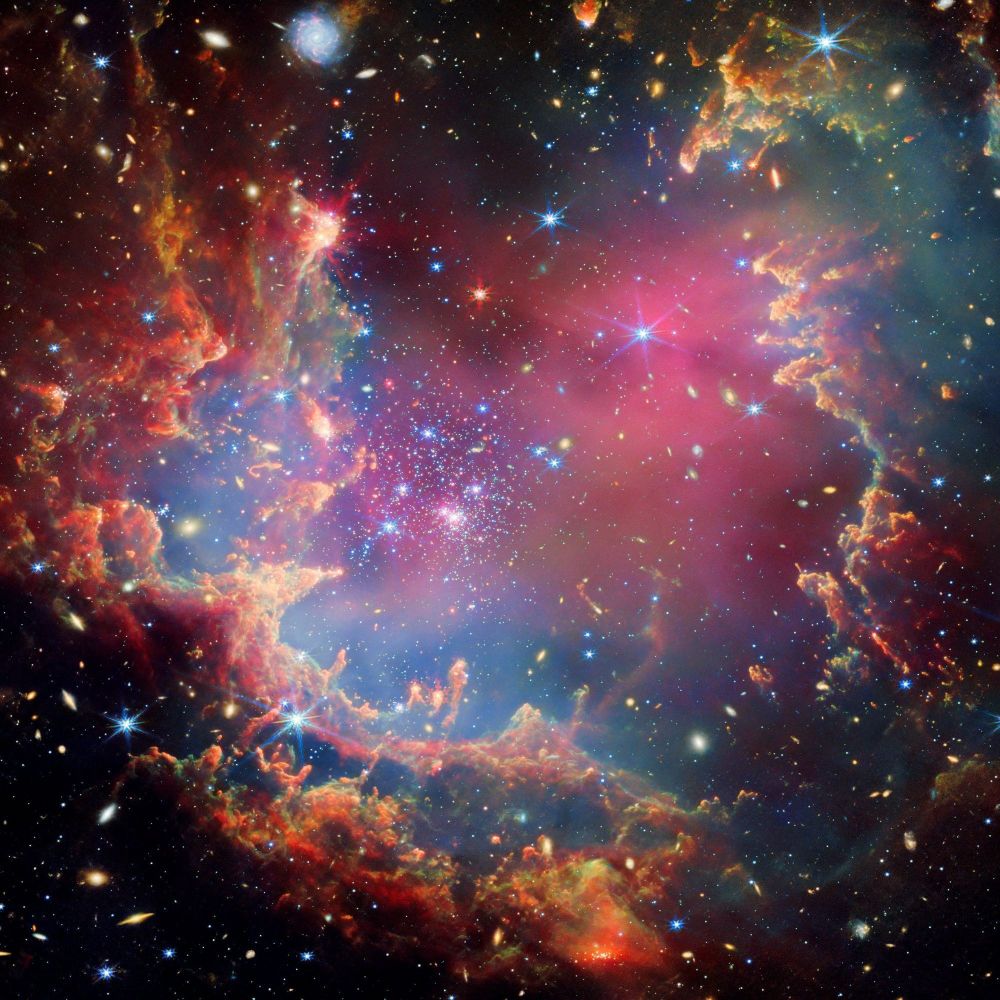
Credit JWST
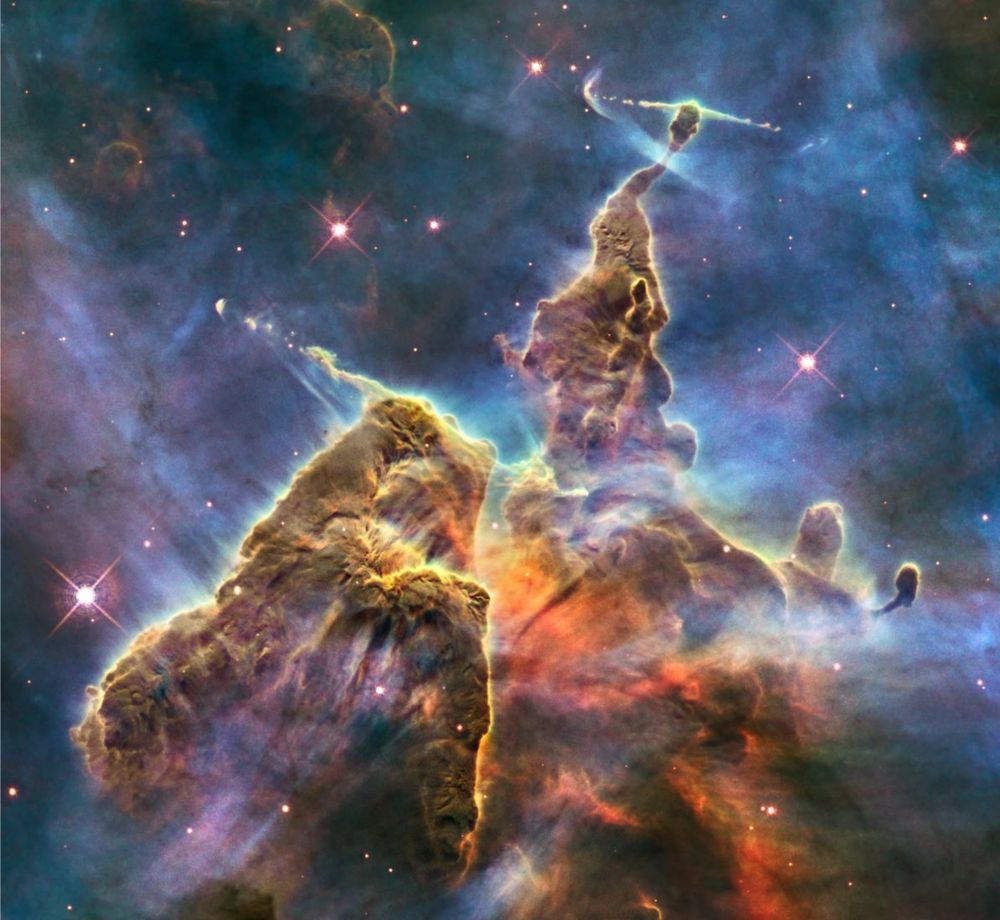
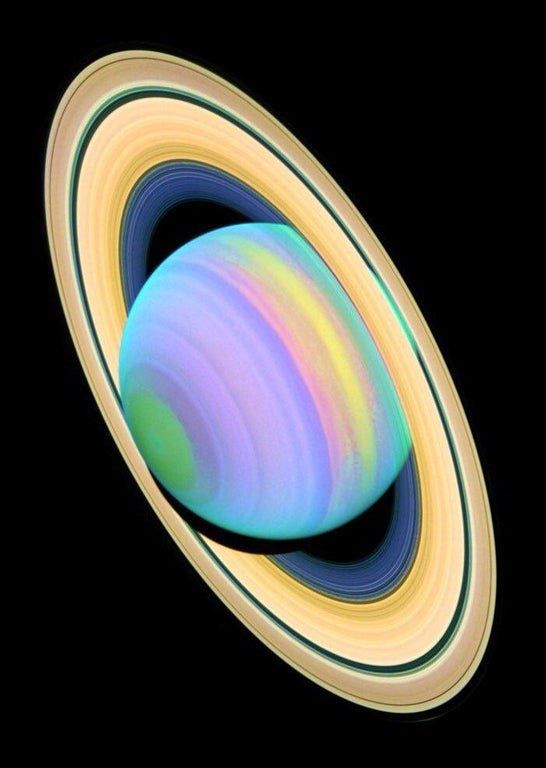
You're looking at the Ring Nebula, the remnant of a star that had the mass of 3 suns and exploded ~4,000 years ago.jwst
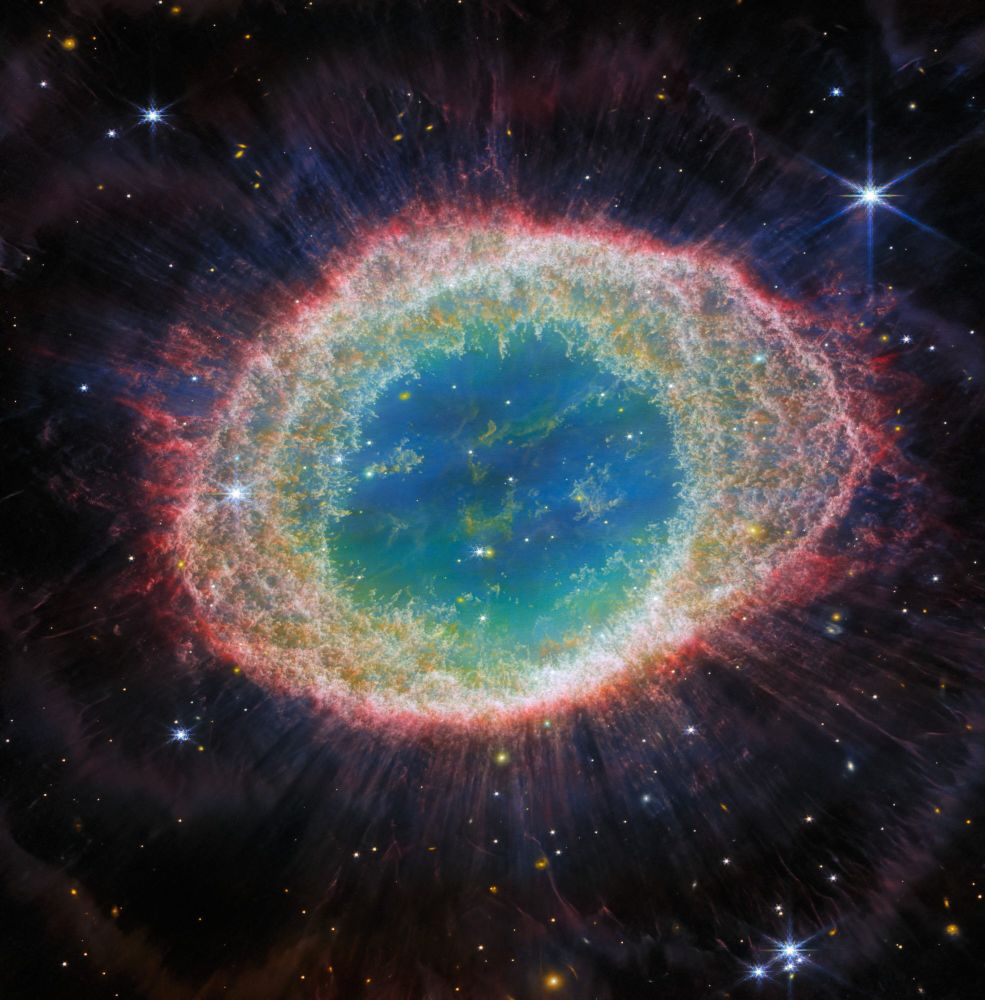
You're looking at the Ring Nebula, the remnant of a star that had the mass of 3 suns and exploded ~4,000 years ago.jwst
📸 Andy Chatman
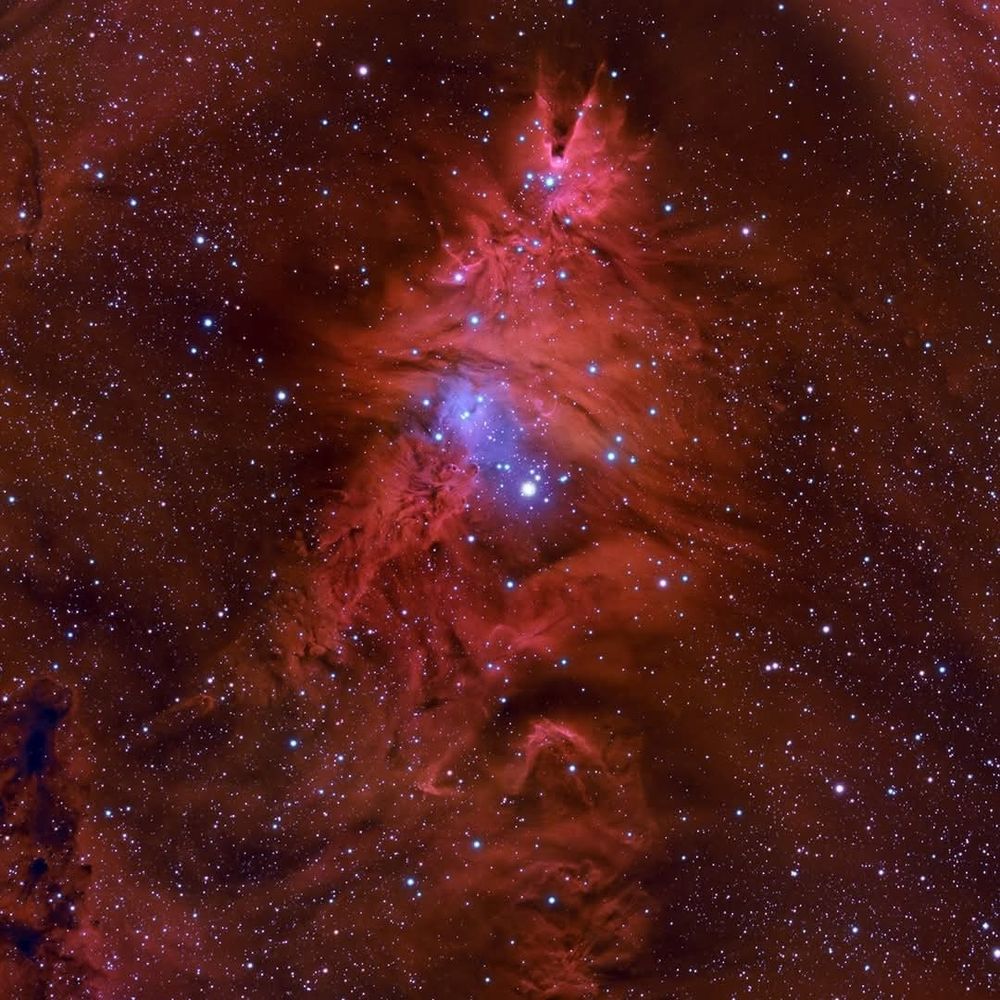
📸 Andy Chatman
Turns out, it found some "mountains" too. This iconic view shows Mystic Mountain, located within the Carina Nebula.

Turns out, it found some "mountains" too. This iconic view shows Mystic Mountain, located within the Carina Nebula.
